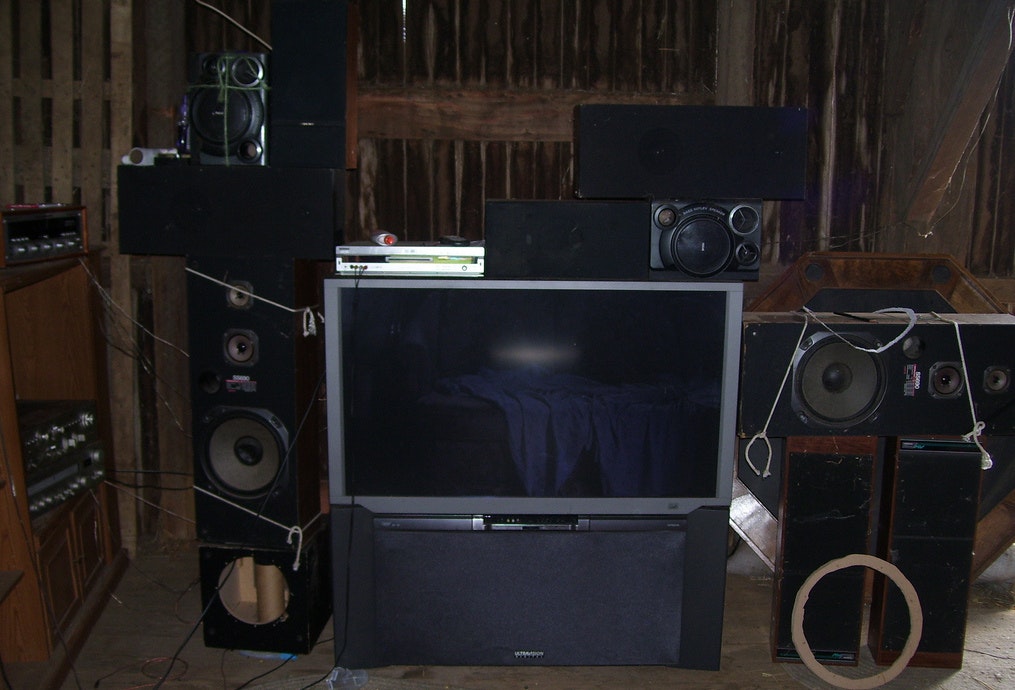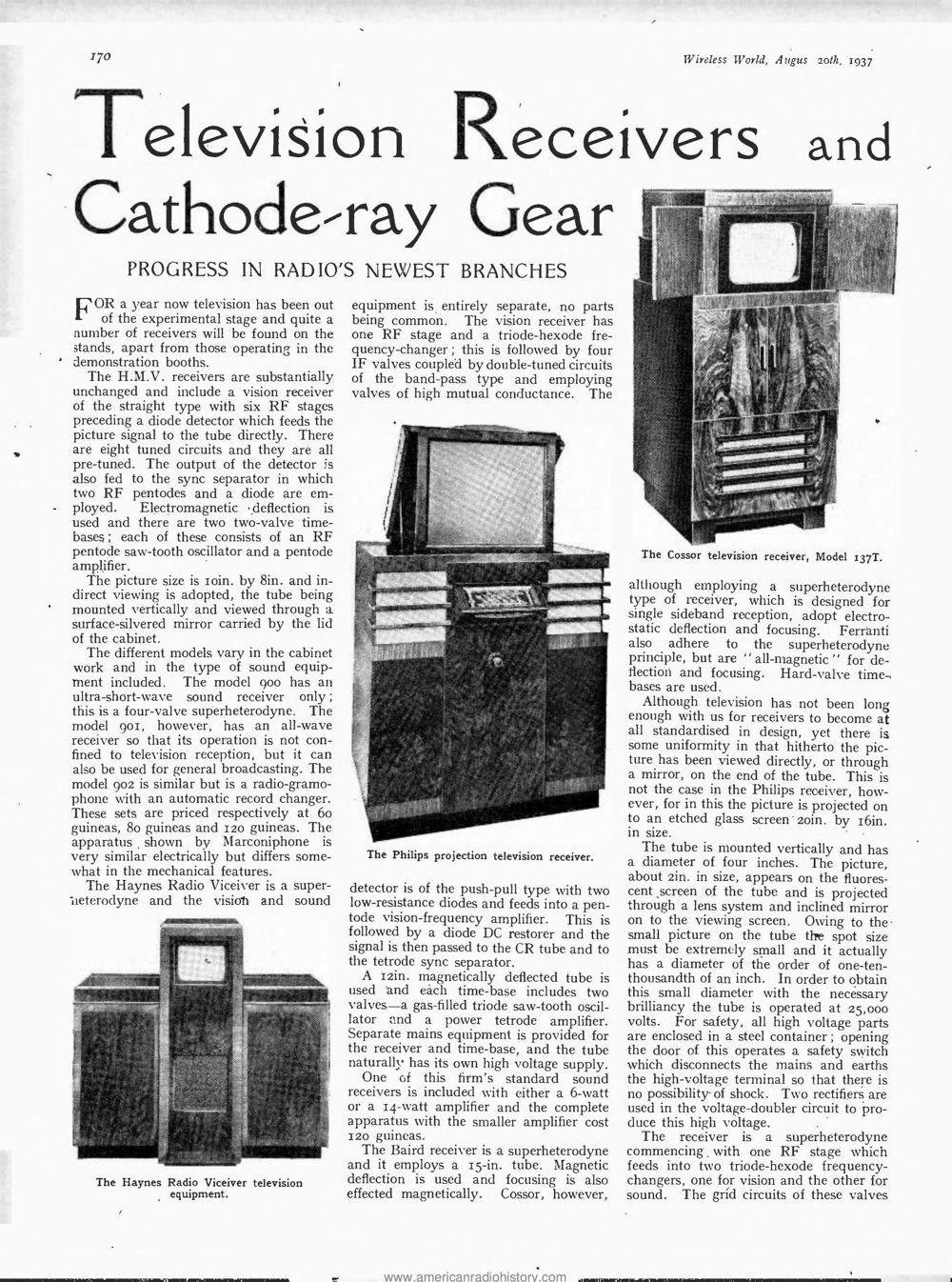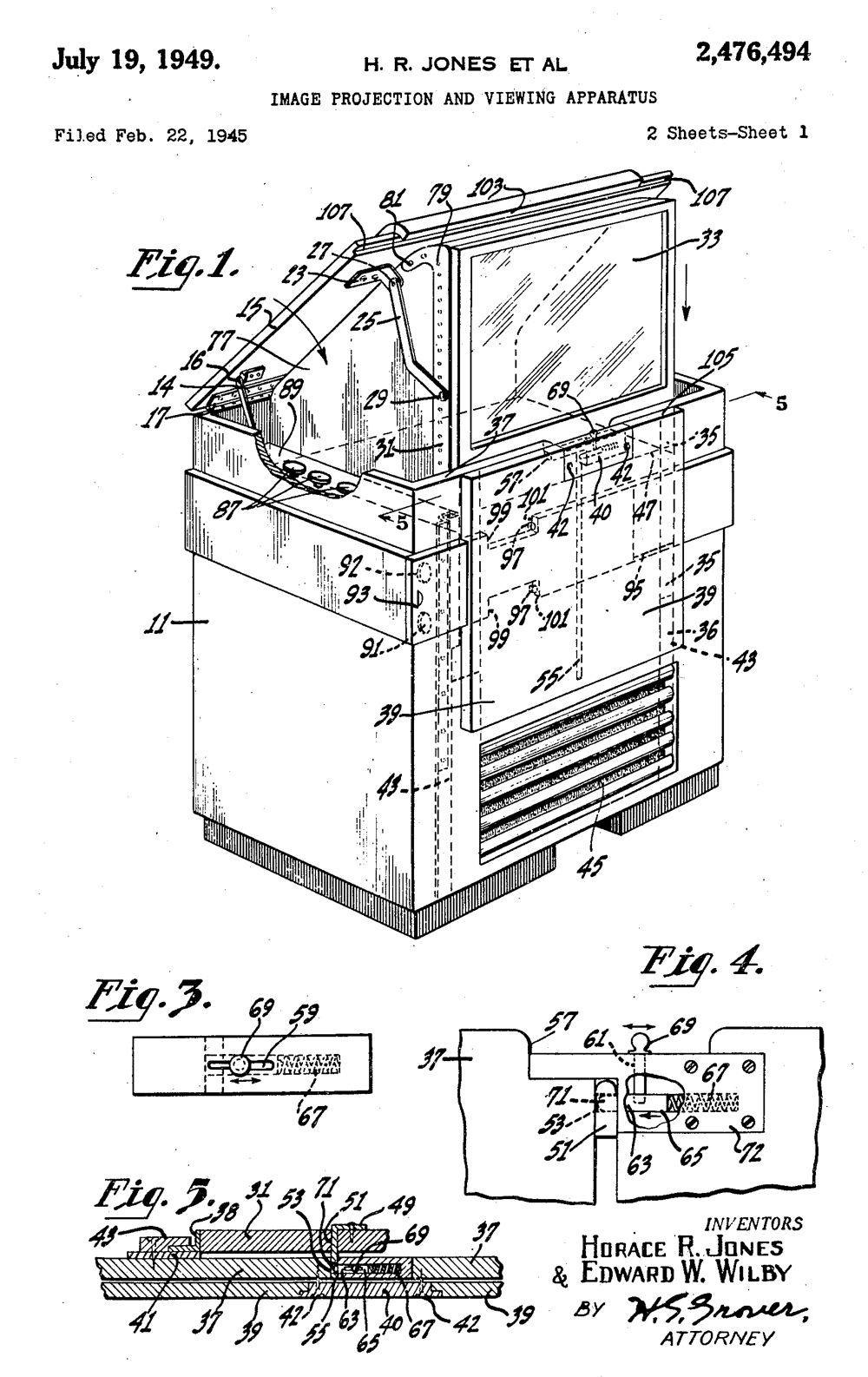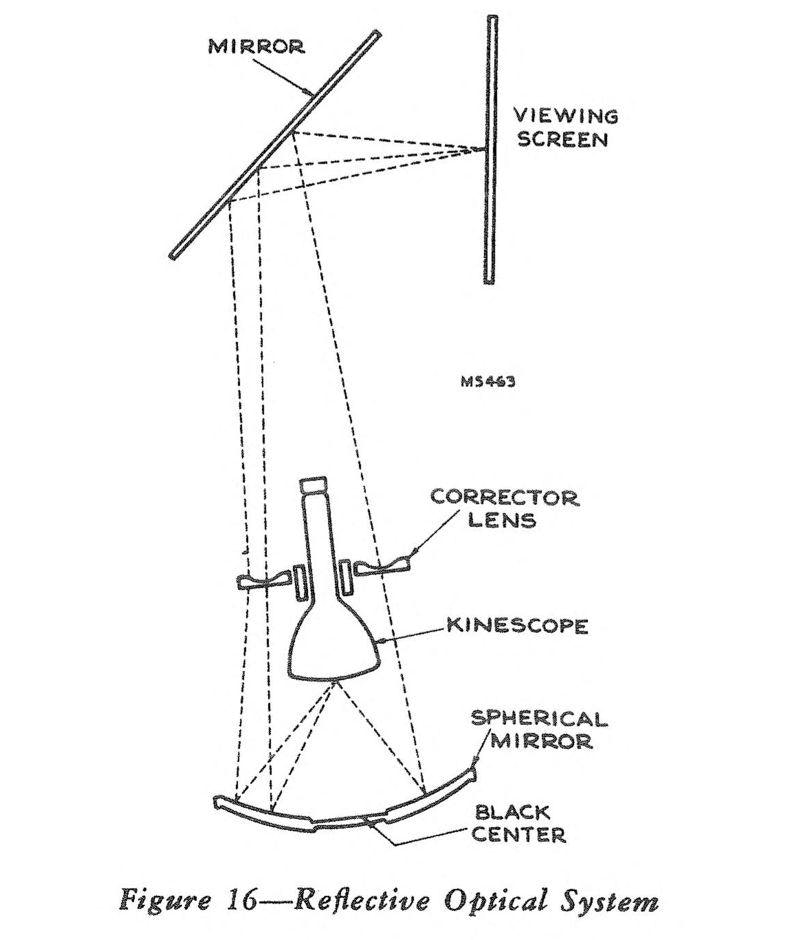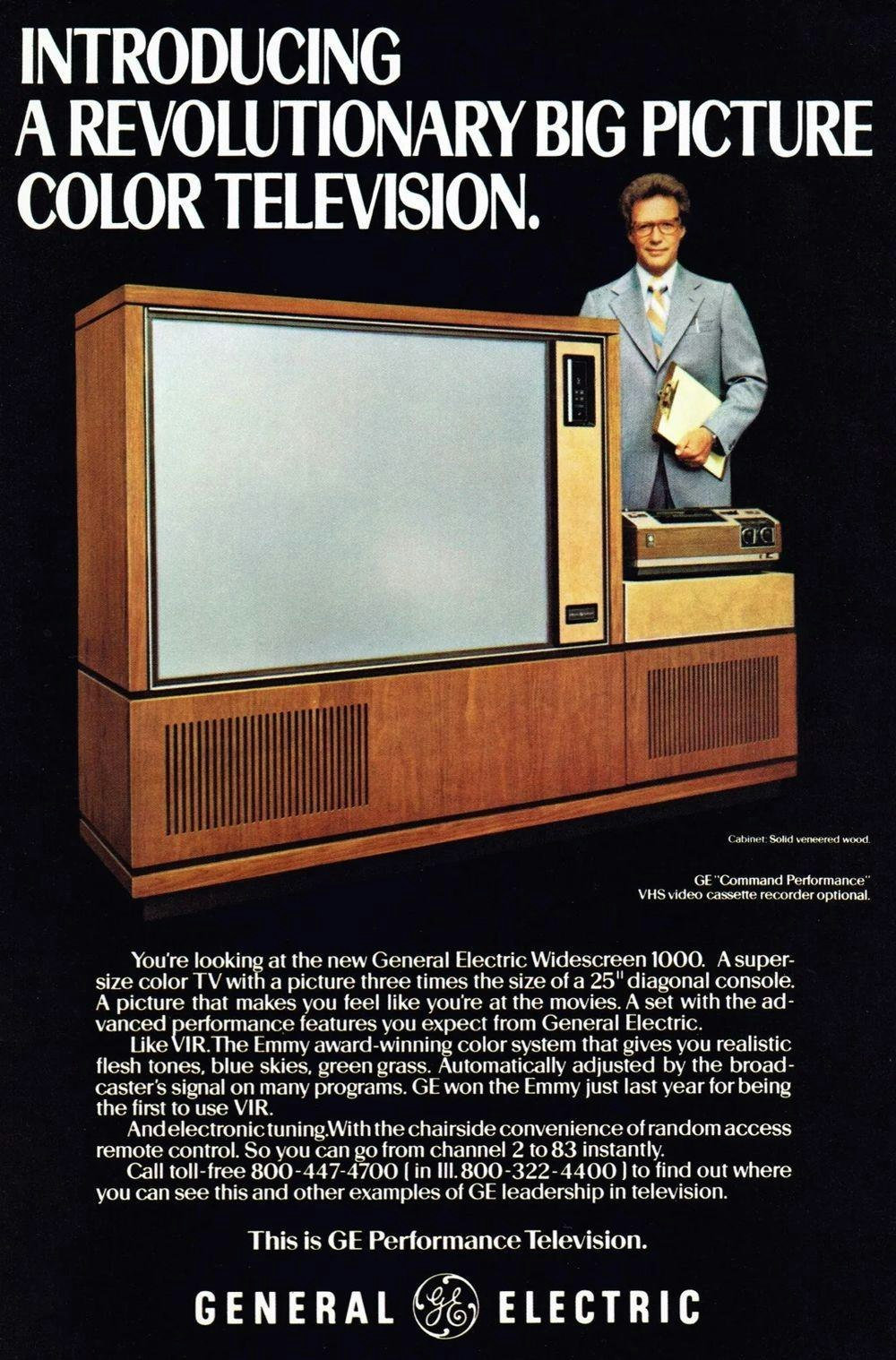Tedium - Party In The Rear 📺
|
|
|
|
|
|
|
|
|
|
Older messages
Moore’s Flinch 💾
Saturday, September 21, 2024
Qualcomm reportedly makes a bold play for Intel. Here's a version for your browser. Hunting for the end of the long tail • September 20, 2024 Moore's Flinch The rumor mill is picking up steam
Locking A Loophole 🔒
Tuesday, September 17, 2024
Temu's favorite shipping loophole may soon disappear. Here's a version for your browser. Hunting for the end of the long tail • September 17, 2024 A couple of years ago, I found myself waiting
No Plane? No Problem 🚆
Sunday, September 15, 2024
What it's like to ride in an Amtrak train cross-country. Here's a version for your browser. Hunting for the end of the long tail • September 15, 2024 Hey all, Ernie here with another piece from
Can Weird Creatures Survive? 🐞
Thursday, September 12, 2024
A unique social network fails, yet it's hard not to admire it. Here's a version for your browser. Hunting for the end of the long tail • September 12, 2024 Can Weird Creatures Survive?
Tethered 📱
Sunday, September 8, 2024
How smartphone tethering, in fits and starts, became a thing. Here's a version for your browser. Hunting for the end of the long tail • September 08, 2024 Today in Tedium: If you're far from
You Might Also Like
WebAIM February 2025 Newsletter
Friday, February 28, 2025
WebAIM February 2025 Newsletter Read this newsletter online at https://webaim.org/newsletter/2025/february Feature Global Digital Accessibility Salary Survey Results The results of the WebAIM and GAAD
JSK Daily for Feb 28, 2025
Friday, February 28, 2025
JSK Daily for Feb 28, 2025 View this email in your browser A community curated daily e-mail of JavaScript news Introducing the New Angular TextArea Component It is a robust and flexible user interface
Daily Coding Problem: Problem #1704 [Medium]
Friday, February 28, 2025
Daily Coding Problem Good morning! Here's your coding interview problem for today. This problem was asked by Amazon. At a popular bar, each customer has a set of favorite drinks, and will happily
iOS Dev Weekly – Issue 701
Friday, February 28, 2025
What does Dave write about when he has a fever? 🤒 Let's find out!
Feature | The Best Visualizations from February on Voronoi 🏆
Friday, February 28, 2025
See the most popular, most discussed, and most liked visualizations on our new data storytelling app Voronoi from February. View Online | Subscribe About a year ago, we launched Voronoi, our free new
Issue #582: Phaser Launcher, DOOM in TypeScript types, and A Prison for Dreams
Friday, February 28, 2025
View this email in your browser Issue #582 - February 28th 2025 Weekly newsletter about Web Game Development. If you have anything you want to share with our community please let me know by replying to
Stop Android photo surveillance 🔍
Friday, February 28, 2025
Cheaper streaming 📺; 1Password nightmare 💀 -- ZDNET ZDNET Week in Review - US February 28, 2025 machine eye A new Android feature is scanning your photos for 'sensitive content' - how to stop
Why Natural Language Coding Isn’t for Everyone—Yet
Friday, February 28, 2025
Top Tech Content sent at Noon! Boost Your Article on HackerNoon for $159.99! Read this email in your browser How are you, @newsletterest1? 🪐 What's happening in tech today, February 28, 2025? The
iOS Cocoa Treats
Friday, February 28, 2025
View in browser Hello, you're reading Infinum iOS Cocoa Treats, bringing you the latest iOS related news straight to your inbox every week. Animatable Protocol: Taming Unruly SwiftUI Animations In
Your new cheap TV streaming option 📺
Friday, February 28, 2025
GPT-4.5; AI work study; Smartwatch faceoff ⌚; Run your own cloud -- ZDNET ZDNET Tech Today - US February 28, 2025 tv watching DirecTV's new no-contract 'Genre Packs' start at $35 - and you

